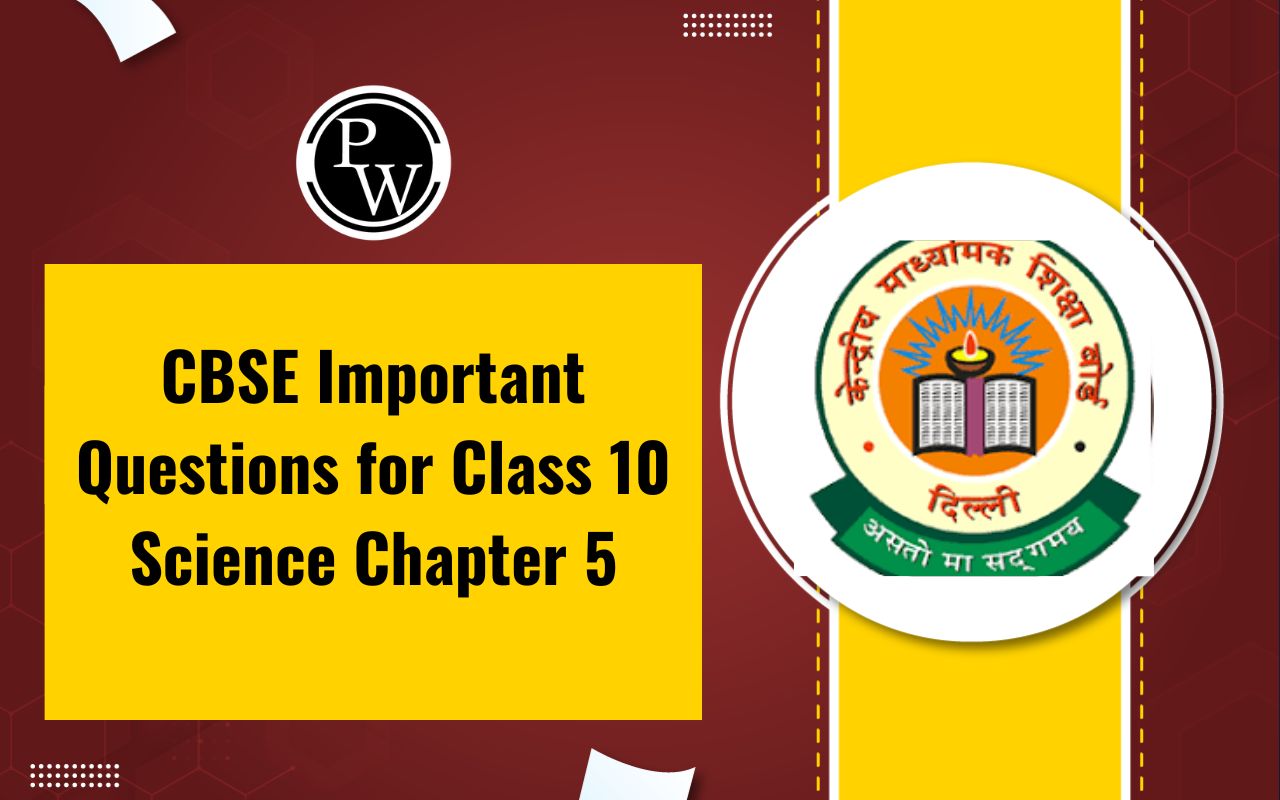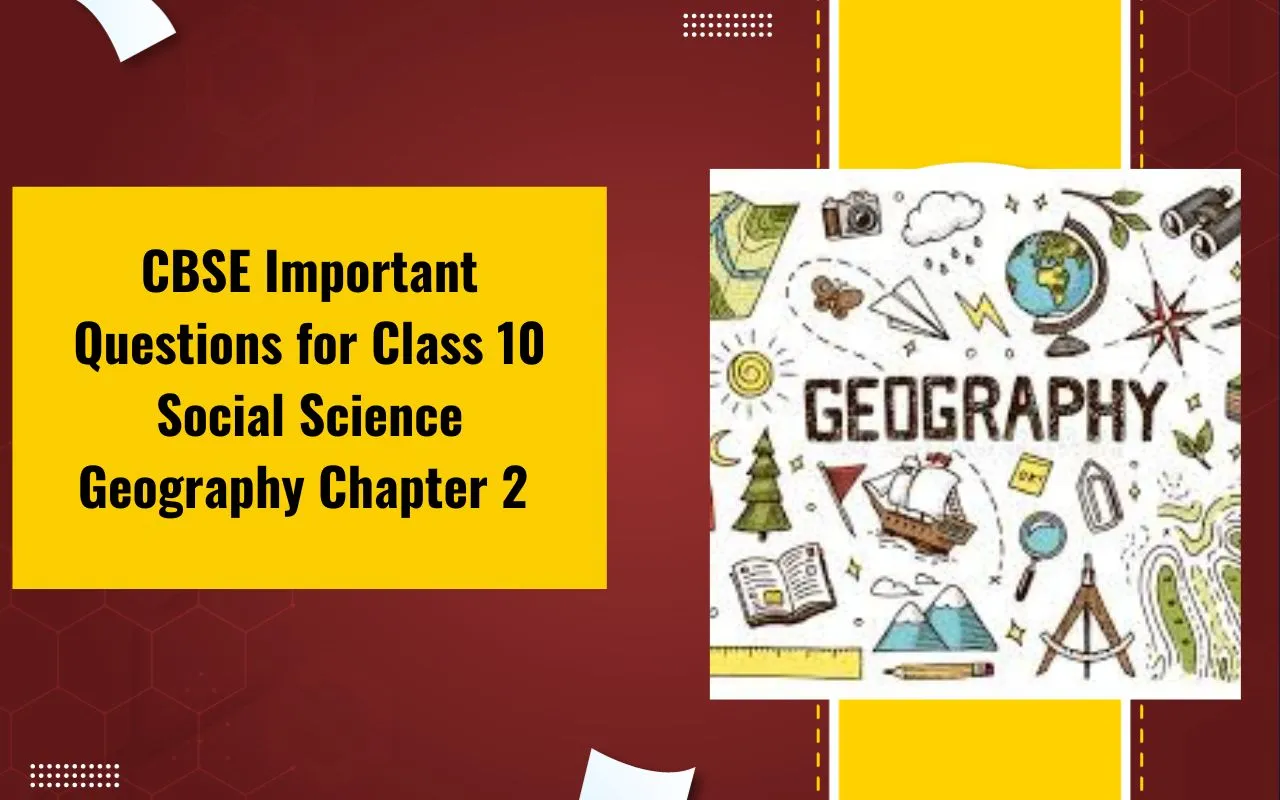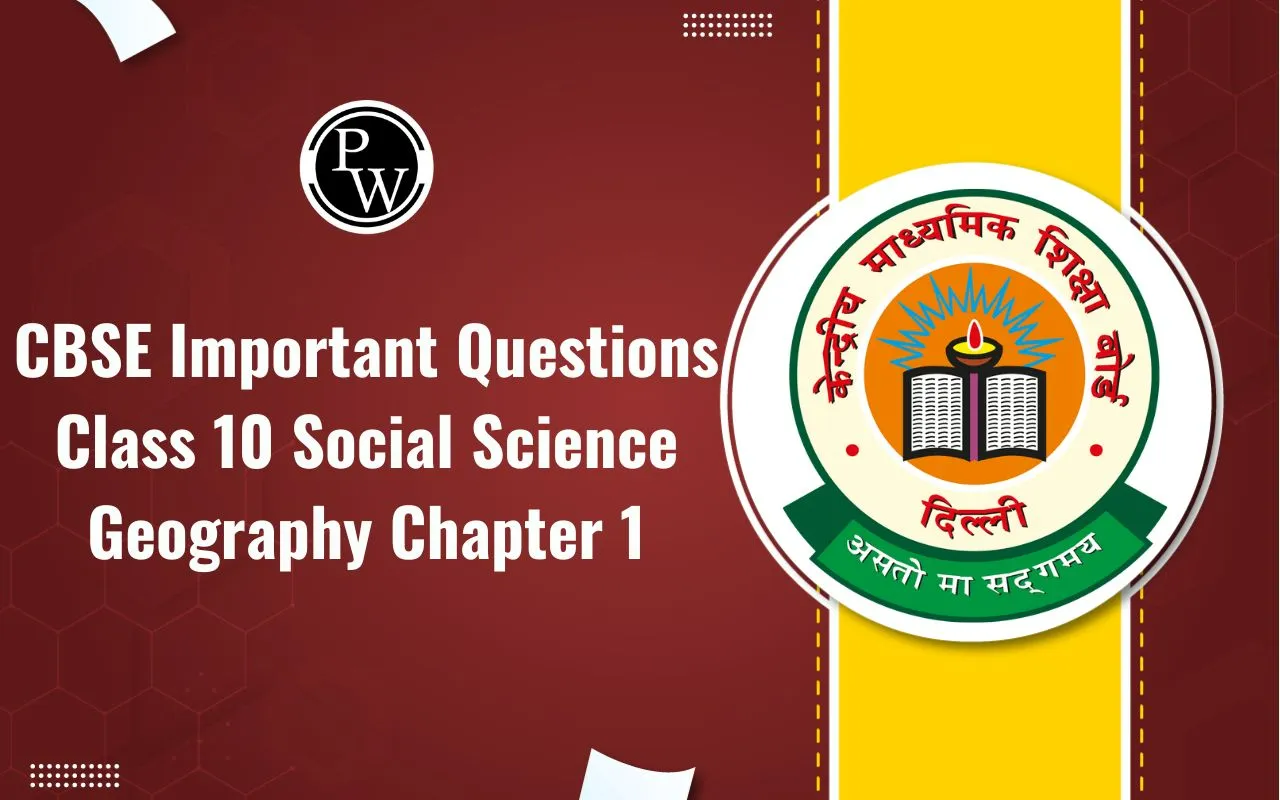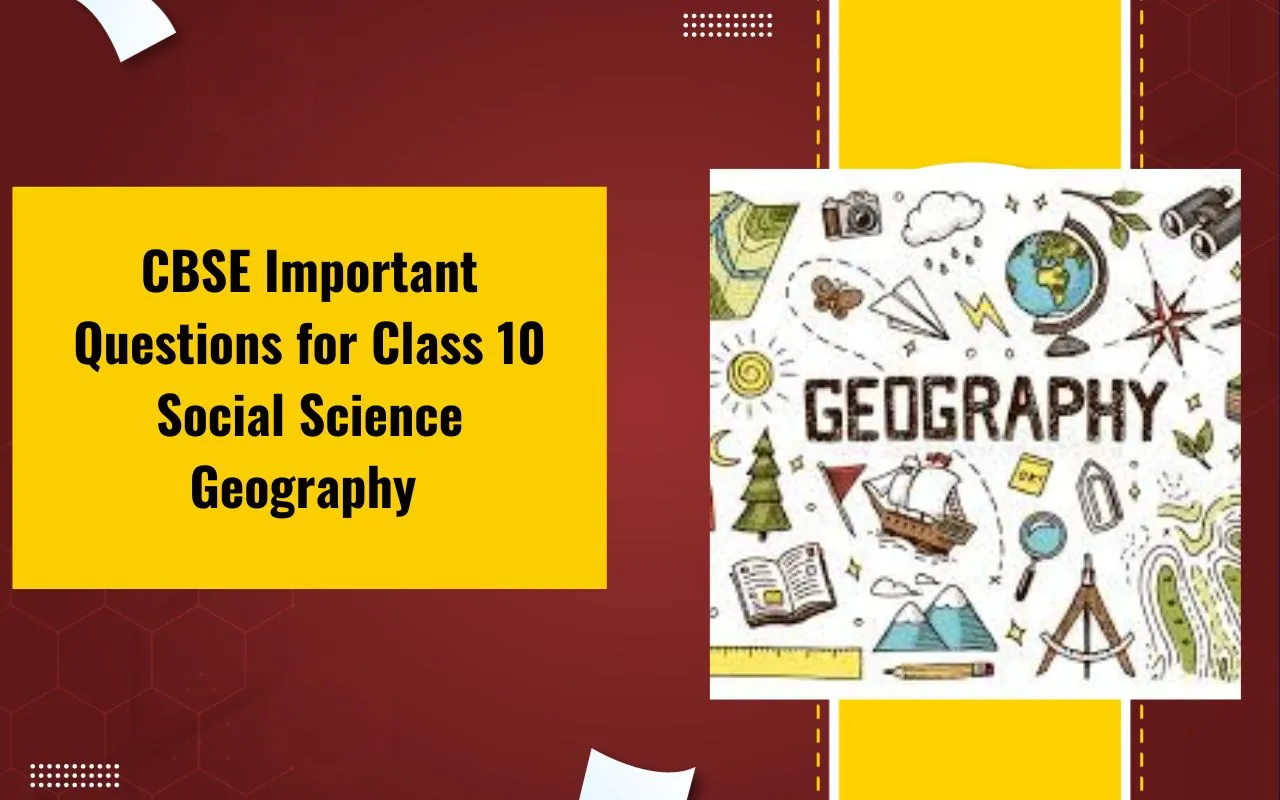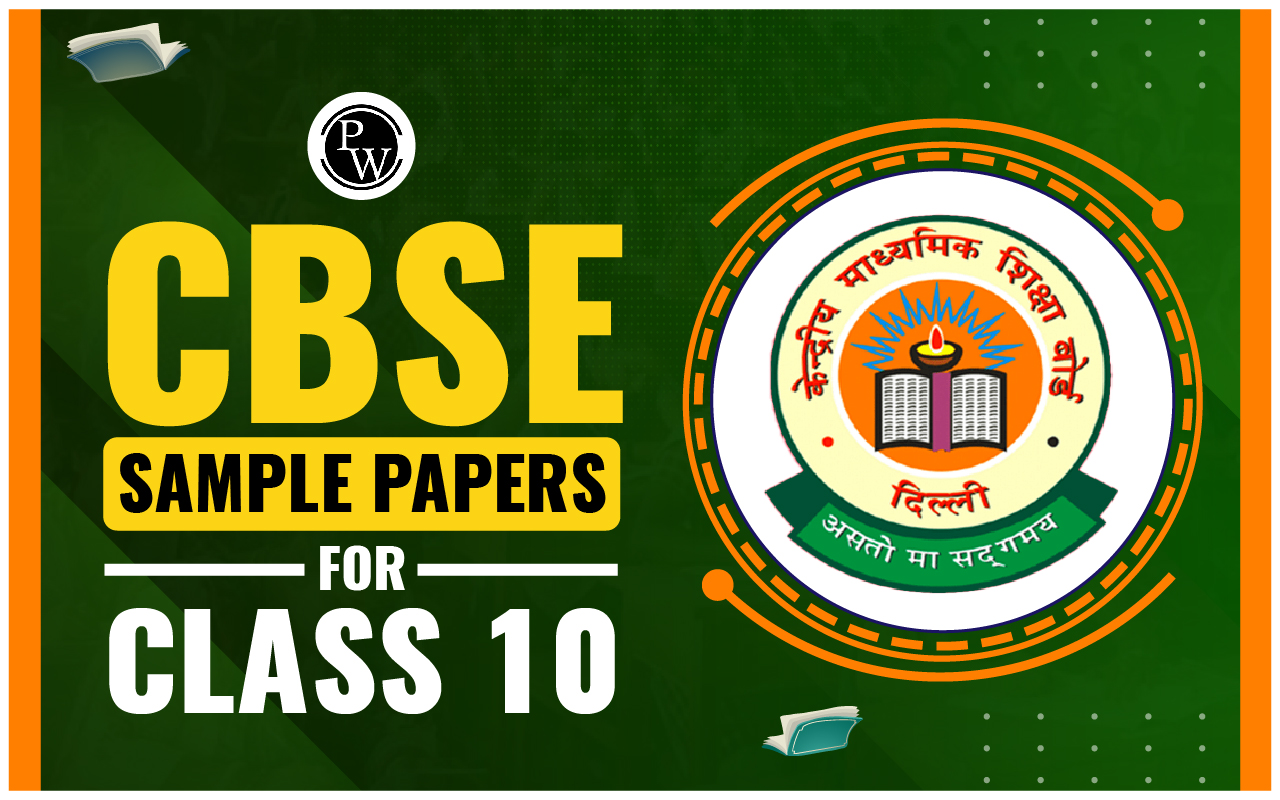
CBSE Class 10 English How to Tell Wild Animals Summary: How to Tell Wild Animals by Carolyn Wells is a humorous poem included in the CBSE Class 10 English syllabus (First Flight – Chapter 4). The poem playfully describes how one can identify different wild animals based on their unique traits and behaviors. Through witty lines and irony, it introduces creatures like the Asian Lion, Bengal Tiger, Leopard, Bear, Crocodile, Hyena, and Chameleon in an engaging manner. This poem not only helps students appreciate poetic devices like rhyme, personification, and satire but also aligns with the CBSE exam pattern that includes comprehension-based questions, literary analysis, and short or long answer questions. Understanding this poem thoroughly can help students answer textbook exercises and score well in the literature section of the English exam.
CBSE Class 10 English How to Tell Wild Animals Summary
Introduction:
How to Tell Wild Animals is a humorous poem written by Carolyn Wells, included in the Class 10 CBSE English textbook First Flight. Through a blend of wit, rhyme, and exaggeration, the poet describes how one might identify wild animals in a jungle, often with a darkly comic twist—identifying them only after they attack!
Stanza-wise Explanation:
Stanza 1: The Asian Lion
The poet begins by saying that if you ever go to an eastern jungle and see a large, yellowish-brown beast approaching, and if it roars so loudly that you’re terrified to death, you’ve just met an Asian Lion. The poet uses humor to show how fearsome and majestic this animal is.
Stanza 2: The Bengal Tiger
Here, the poet describes a royal-looking beast with black stripes on yellow skin. If this tiger greets you and begins to eat you, it is the Bengal Tiger. The poet wittily says that getting eaten is the way to identify it!
Stanza 3: The Leopard
The poet then speaks of a beast covered in spots, suggesting it is a Leopard. If it jumps on you suddenly, you’ll know what it is. Even if you scream in pain, it won’t stop; it will just "lep and lep again", making the identification fatal yet again.
Stanza 4: The Bear
If you’re walking in your yard and an animal hugs you tightly, it is a Bear. The poet sarcastically says that if you’re still unsure, it might hug you again! This “hug” is actually fatal, as bears are known for their strong grip.
Stanza 5: Hyena and Crocodile
The poet tells us how to distinguish between two confusing animals—Hyena and Crocodile. Hyenas appear to be smiling, while Crocodiles shed tears as they eat. These ironic behaviors are playfully described as ways to identify the two creatures.
Stanza 6: The Chameleon
The Chameleon is described as a tiny reptile that resembles a lizard. It has no ears or wings and can change its color to blend into the surroundings. If you see nothing on a tree, it might just be a chameleon camouflaged perfectly.
CBSE Class 10 English How to Tell Wild Animals Conclusion
The poem How to Tell Wild Animals by Carolyn Wells is a humorous and imaginative piece that helps readers identify wild animals in a fun and exaggerated way. Through witty descriptions and playful language, the poet presents dangerous animals like lions, tigers, leopards, and bears in a light-hearted manner. Despite the comic tone, the poem also highlights the wild and unpredictable nature of these creatures. It entertains the reader while also teaching them about the features of different wild animals in a creative and engaging style.
CBSE Class 10 English How to Tell Wild Animals Summary PDF Download
Students looking for a quick and clear understanding of the poem How to Tell Wild Animals can refer to the CBSE Class 10 English summary PDF. This PDF provides a concise explanation of each stanza, highlights the poet’s use of humor and imagination, and helps students grasp the main themes and poetic devices. It is helpful for last-minute revision and exam preparation. The summary PDF can be downloaded for offline reading and is useful for building a strong understanding of the poem.
Do you need help with your homework or preparing for exams?
Study without using the internet
CBSE Class 10 English How to Tell Wild Animals Summary FAQs
Who is the poet of the poem How to Tell Wild Animals?
What is the main theme of the poem?
What poetic devices are used in the poem?
What is the tone of the poem?



